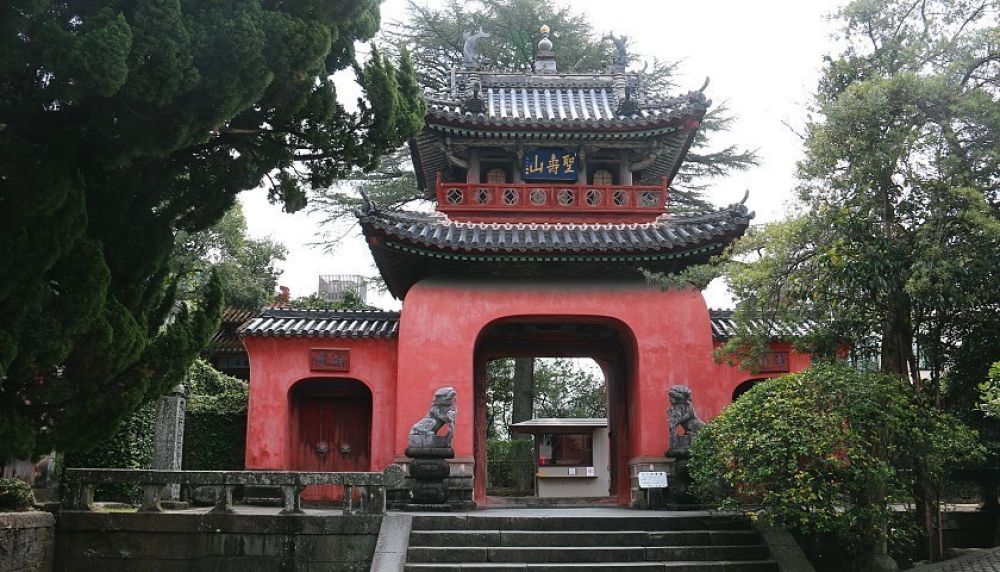

The Sofukuji Temple is a historically significant Buddhist temple located in Nagasaki, Japan. Originally built in 1629 by a Chinese monk from Fuzhou named Chaonian, it serves as a representative of the Obaku school of Zen Buddhism. Designed in the Fujian style, it is a poignant reminder of the strong influence Chinese culture had on Nagasaki, largely due to trade during the Edo Period (1603–1868).
Tourism at Sofukuji Temple has been shaped by its historical background and architectural significance. The first wave of visitors mainly consisted of scholars and religious pilgrims, drawn to its authenticity and spiritual importance. As awareness of the temple's cultural heritage spread, travelers interested in the history of the Edo Period and Japanese-Chinese relations began to visit.
With the modernization of Japan in the late 19th and early 20th centuries, tourism in Nagasaki expanded. The port city became increasingly accessible to both domestic and international travelers. After World War II, the interest in historical sites that survived the bombings increased, and Sofukuji Temple, being one of those sites, attracted a larger number of tourists.
In the late 20th century, efforts to preserve and highlight Nagasaki’s multicultural heritage played a significant role in boosting tourism at the temple. The temple's unique architectural features, such as the iconic Great Iron Gate (Daiippomon), and the nationally treasured Great Lecture Hall (Daiohoden), became focal points for visitors.
The latest tourism trends at Sofukuji Temple reflect the broader changes in the industry. There is a growing emphasis on experiential travel and cultural immersion. Visitors are not only interested in viewing the temple’s remarkable structures but are also keen on participating in Zen meditation sessions and other cultural experiences.
Additionally, the rise of digital media has allowed potential tourists to virtually explore the temple before visiting. Through online platforms, virtual reality, and enhanced media presence, Sofukuji Temple has captured the interest of a younger and more technologically savvy audience.
Sustainability in tourism is also becoming increasingly important. As such, the local custodians of Sofukuji Temple are implementing measures to ensure that tourism does not negatively impact the temple's cultural integrity or its natural surroundings. Preservation efforts and controlled visitor access are part of these sustainable tourism strategies.
Now, Sofukuji Temple is not only a destination for those seeking historical and cultural enlightenment, but also for international visitors wanting to experience traditional Zen Buddhist practices in an authentic setting. Amid the lush gardens and serene atmosphere, a trip to Sofukuji is a journey into both the past and the calming practices of Zen Buddhism.
Its significance has been consistently recognized, with the temple being designated as an Important Cultural Property by the Japanese government. The ongoing commitment to preserving and sharing its history ensures that the Sofukuji Temple will continue to be an essential part of Nagasaki's tourism landscape for many years to come.